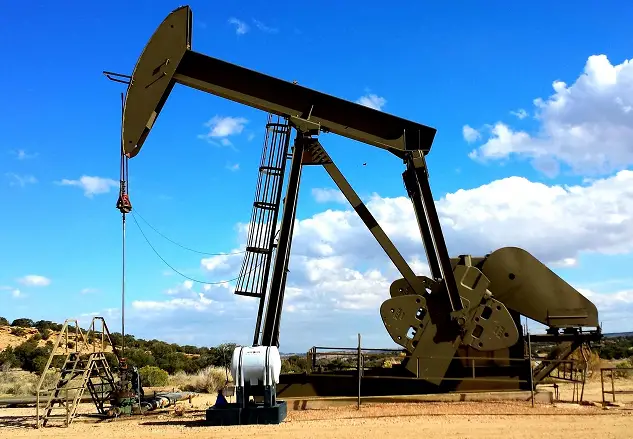As voluntary restrictions on production output imposed by oil majors Saudi Arabia and Russia combined with supply cuts from OPEC+ to limit supply and create a deficit, oil rallied an average of 28% over last quarter.
Now a new report from JPMorgan analysts says to expect the demand for crude to decline this quarter on the heels of the recent rally, as rising prices drives a period of demand destruction.
Natasha Kaneva, head of the global commodities strategy team at JPMorgan wrote, “After reaching our target of $90 in September, our end-year target remains $86 [per barrel].”
Kaneva forecasted that the inventory draws which occurred during the summer will transform in the final months of the year into a slight build.
The note, titled “Demand destruction has begun (again),” said, “Moreover, demand restraint from rising oil prices is once again becoming visible in the US, Europe, and some EM countries.”
The analysts wrote, “China and India drove global oil demand growth this year, but China opted to draw on domestic crude inventories in August and September after oil prices surged.”
The analysts wrote that consumers may have reached the limit of the tolerance for pain with regard to gasoline, which is derived from oil. In September, as there was a squeeze on the oil supply, gasoline hit a high for 2023.
Kaneva and her team wrote, “There are already signs that consumers have responded by cutting back on fuel consumption.”
Though gasoline demand in the US beat analyst’s forecasts in the first half of 2023, Kaneva noted, “the spike in gasoline prices in 3Q23 in turn depressed gasoline demand.”
With regards to diesel, the note draws attention to the 30% surge in prices recently, which has mostly impacted transportation businesses, construction companies, and farmers, and which has increased the cost of food production and freight costs.
In the third quarter jet fuel also rose, eliciting warnings from various airlines, including United Airlines (UAL) and Delta Airlines (DAL), American Airlines (AAL), as well as other airlines grappling with the higher fuel costs.
West Texas Intermediate (CL=F) rose over $93 per barrel on September 27th, and Brent International (BZ=F) futures increased above $96 per barrel as both reached new highs for the year.
Since then, prices have withdrawn. On Wednesday, WTI futures fell over 5%, coming to rest at $84.22 per barrel, as Brent also fell, closing at $85.81 per barrel.

